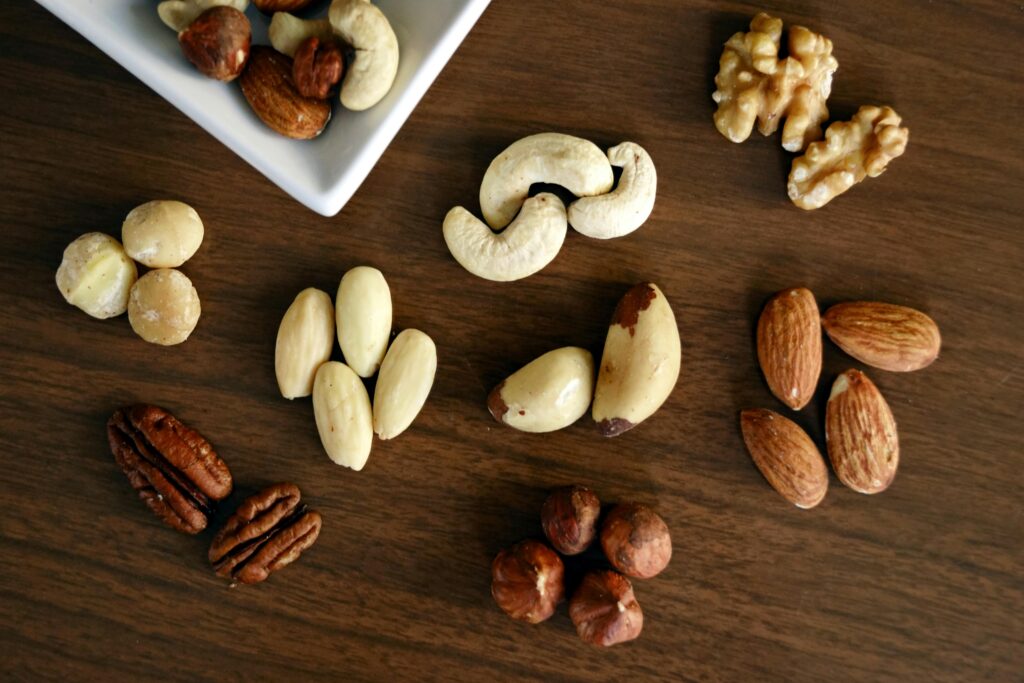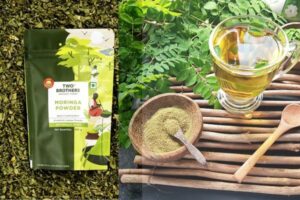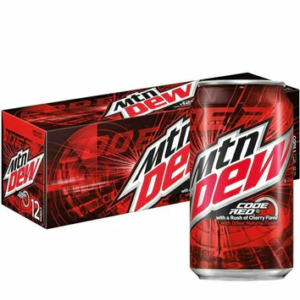
Dry fruits and nuts have long held a cherished place in our diets, whether as wholesome snacks, cooking ingredients, or festive gifts. While we often use the terms “dry fruits” and “nuts” interchangeably, they are actually quite different in nature. These differences aren’t just botanical—they affect nutritional value, culinary uses, and even how they’re stored or sourced.
If you’re someone who frequently shops for dry fruits in Karachi, understanding these differences can help you make smarter, healthier, and more informed choices. In this blog post, we’ll break down what sets dry fruits apart from nuts, where the confusion originates, and why both deserve their place in your pantry.
1. Understanding the Basics: Definitions Matter
What Are Dry Fruits?
Dry fruits are essentially fruits that have had most of their water content removed through natural or artificial methods. This dehydration process concentrates their flavors, nutrients, and sugars. Common examples include raisins, dates, prunes, apricots, and figs.
These fruits are naturally sweet, chewy, and loaded with fiber, vitamins, and minerals. They serve as great energy boosters and are often used in baking, cooking, or snacking. When buying dry fruits in Karachi, you’ll find them in both traditional open markets and modern health food stores.
What Are Nuts?
Nuts, on the other hand, are hard-shelled fruits that contain a single, edible seed. Unlike dry fruits, they are not dehydrated versions of fruits but are whole seeds with a high fat content. Examples of true nuts include chestnuts and hazelnuts, though many others like almonds, pistachios, and walnuts are technically “seeds” or “drupes” but still widely categorized as nuts.
Nuts are known for their healthy fats, protein, and antioxidant content, making them excellent for heart and brain health. While shopping for dry fruits in Karachi, you’ll usually find a variety of nuts in the same aisle—but they serve different nutritional purposes.
2. Nutritional Differences: Sweet vs. Savory Powerhouses
The Natural Sugar Content
Dry fruits typically contain more natural sugars due to the concentration of fruit juice during the drying process. For example, dates and raisins are particularly sweet and high in glucose and fructose. This makes them great for quick energy but potentially problematic if you’re watching your sugar intake.
Nuts, on the other hand, are lower in carbohydrates and sugar but rich in unsaturated fats and protein. They’re a more balanced option for people managing diabetes or following a low-carb lifestyle.
Calorie Density and Satiety
Both dry fruits and nuts are calorie-dense, but for different reasons. Dry fruits are high in natural sugars, while nuts are rich in fats. However, the fats in nuts are mostly the good kind—monounsaturated and polyunsaturated—which help with satiety, keeping you full longer.
When choosing between the two for a snack, think about your nutritional goals. If you need a quick energy spike, dry fruits are ideal. If you’re looking for something more filling and sustaining, nuts may be the better choice.
3. Botanical and Culinary Classifications
From the Plant’s Perspective
Botanically speaking, the term “nut” is very specific. A true nut doesn’t open to release its seed and typically comes from a hard outer shell. Most of the nuts we eat—like almonds and cashews—are technically seeds or the inner kernel of a fruit. Dry fruits, by contrast, are derived from actual fruits that undergo a drying process.
This scientific distinction is often lost in everyday usage, especially in regions like Pakistan where both are grouped together under the term “dry fruits.” So when you’re browsing for dry fruits in Karachi, you’re likely seeing a mix of dried fruits and nuts labeled under one category.
In the Kitchen
In culinary terms, both are used in very different ways. Dry fruits are favored in desserts, breakfast dishes, and some savory stews. Their natural sweetness enhances flavors in everything from kheer to granola.
Nuts, being more neutral or even savory, are used in sauces, as toppings, or roasted and eaten alone. Some are even turned into milk, butter, or flour. Knowing when and how to use each can elevate your cooking to a whole new level.
4. Storage and Shelf Life: Keeping Them Fresh
Moisture Content Makes a Difference
Because dry fruits contain natural sugars and a bit of residual moisture, they are more prone to mold and spoilage than nuts. They should be stored in airtight containers in cool, dry places—and ideally in the refrigerator if you live in humid areas like Karachi.
Nuts, though lower in moisture, have a high oil content that can go rancid if exposed to heat and air for too long. To keep your investment in dry fruits in Karachi fresh, consider buying in smaller quantities and storing them in a cool, dark cabinet or refrigerator.
Check Before You Snack
Always inspect your dry fruits and nuts before consumption. If they smell sour or musty, or if there’s visible mold, it’s best to discard them. Both can last for months if stored properly, but safety should always come first.
5. Health Benefits: Both Have Their Superpowers
Why Dry Fruits Are Great
Dry fruits like figs and dates are loaded with dietary fiber, iron, and antioxidants. They’re excellent for digestion, improving hemoglobin levels, and offering a quick energy boost. They’re also a great option for those who follow a vegetarian or vegan diet and need plant-based sources of iron and potassium.
In Karachi, dates are especially popular during Ramadan, not just for their nutritional value but also for their cultural and religious significance. So, when shopping for dry fruits in Karachi, you’ll find a vibrant selection, particularly during festive months.
Why Nuts Shine
Nuts like almonds, walnuts, and pistachios are rich in omega-3 fatty acids, protein, and essential minerals like magnesium and selenium. They support brain health, reduce inflammation, and contribute to heart wellness.
Including a handful of nuts in your daily diet can improve cholesterol levels, aid in weight management, and even reduce the risk of chronic diseases. They’re a small food with big benefits.
6. Choosing the Right Option for Your Needs
Based on Activity Level and Lifestyle
If you’re highly active and need quick energy on the go, dry fruits like raisins and dates can be a smart choice. On the other hand, if you’re working at a desk and need something to keep you full without spiking your blood sugar, nuts are your best bet.
Some people even enjoy mixing both in trail mixes or breakfast bowls to get the best of both worlds—natural sugar for energy, and fats for satiety.
When Shopping in Karachi
Whether you’re visiting a local market or shopping online, you’ll notice that many vendors offer a combined range of nuts and dry fruits. This is why it’s useful to understand the distinction—so you can tailor your choices to your health goals. And with the increasing number of specialty stores selling dry fruits in Karachi, it’s easier than ever to find high-quality, well-packaged options.
Conclusion: Celebrate the Differences
In the end, both dry fruits and nuts deserve a place in your diet. While they serve different nutritional and culinary purposes, they complement each other beautifully. Understanding their differences not only empowers you to make better health choices but also enriches your appreciation for the food on your plate.
So the next time you’re shopping for dry fruits in Karachi, take a moment to read the labels, explore new varieties, and choose the right balance of dry fruits and nuts that best suit your lifestyle.







